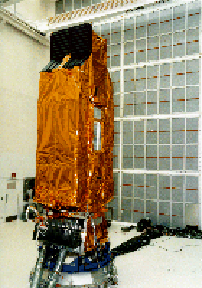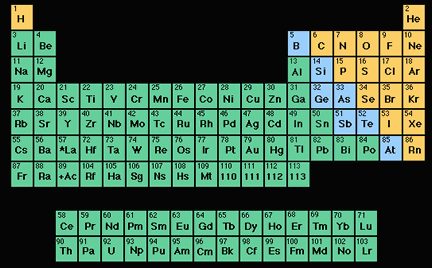Click on image for full size
Courtesy of NASA
Related links:
NASA Ready to Launch New Satellite
News story originally written on June 11, 1999
NASA has announced its newest mission! The Far Ultraviolet Spectroscopic Explorer (FUSE) is scheduled for launch on June 23, 1999, from Cape Canaveral Air Station, FL. FUSE will be the latest satellite to investigate the origin of our Universe. Specifically, it will help scientists research hydrogen and deuterium, a special type of hydrogen. These materials were created right around the end of the Big Bang.
Scientists hope that by looking at this ancient gas, we will find more clues about the actual formation of the Universe. In a way, scientists will be able to look back in time using FUSE.
"We think that as stars age deuterium is destroyed," said NASA's Dr. George Sonneborn, Goddard Space Flight Center, Greenbelt, MD, the FUSE project scientist. "Mapping deuterium throughout the Milky Way will give us a better understanding of how elements are mixed, distributed and destroyed."
FUSE is a combination of the spacecraft and the actual instrument. Each will be run by their own computer. The satellite will complete one orbit around the Earth every 100 minutes at an altitude of 477 miles (768 kilometers) above the surface. The instrument was created at Johns Hopkins University. The goals of the mission include discovering new information about the Big Bang and finding any evidence of some kind of formation in the Milky Way that creates cosmic materials.
"The big questions are these: Do we understand the origins of
the universe, and do we understand how galaxies evolve?" said Dr.
Kenneth Sembach, a FUSE science team member from the Johns Hopkins
University, Baltimore, MD. "Because FUSE can observe ultraviolet
light that other telescopes can't, we can test in unique ways how
deuterium and other elements are circulated within galaxies. That
in turn may test the limits of the Big Bang theory."















